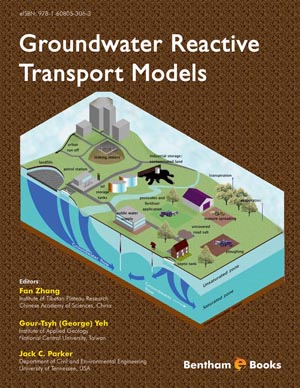Abstract
SHS investigation development is considered from the geographical and historical viewpoint. 3 stages are described. Within Stage 1 the work was carried out in the Department of the Institute of Chemical Physics in Chernogolovka where the scientific discovery had been made. At Stage 2 the interest to SHS arose in different cities and towns of the former USSR. Within Stage 3 SHS entered the international scene. Now SHS processes and products are being studied in more than 50 countries.
Abstract
PFLOTRAN, a next-generation reactive flow and transport code for modeling subsurface processes, has been designed from the ground up to run efficiently on machines ranging from leadership-class supercomputers to laptops. Based on an object-oriented design, the code is easily extensible to incorporate additional processes. It can interface seamlessly with Fortran 9X, C and C++ codes. Domain decomposition parallelism is employed, with the PETSc parallel framework used to manage parallel solvers, data structures and communication. Features of the code include a modular input file, implementation of high-performance I/O using parallel HDF5, ability to perform multiple realization simulations with multiple processors per realization in a seamless manner, and multiple modes for multiphase flow and multicomponent geochemical transport. Chemical reactions currently implemented in the code include homogeneous aqueous complexing reactions and heterogeneous mineral precipitation/dissolution, ion exchange, surface complexation and a multirate kinetic sorption model. PFLOTRAN has demonstrated petascale performance using 217 processor cores on problems composed of over 2 billion degrees of freedom. The code is currently being applied to simulate uranium transport at the Hanford 300 Area and CO2 sequestration in deep geologic formations.
Keywords:
High performance computing, reactive transport, carbon sequestration, multiple realizations, multiphase flow and transport, Richards equation, domain decomposition.
Recommended Chapters
We recommend

Authors:Bentham Science Books


 Download PDF Flyer
Download PDF Flyer



